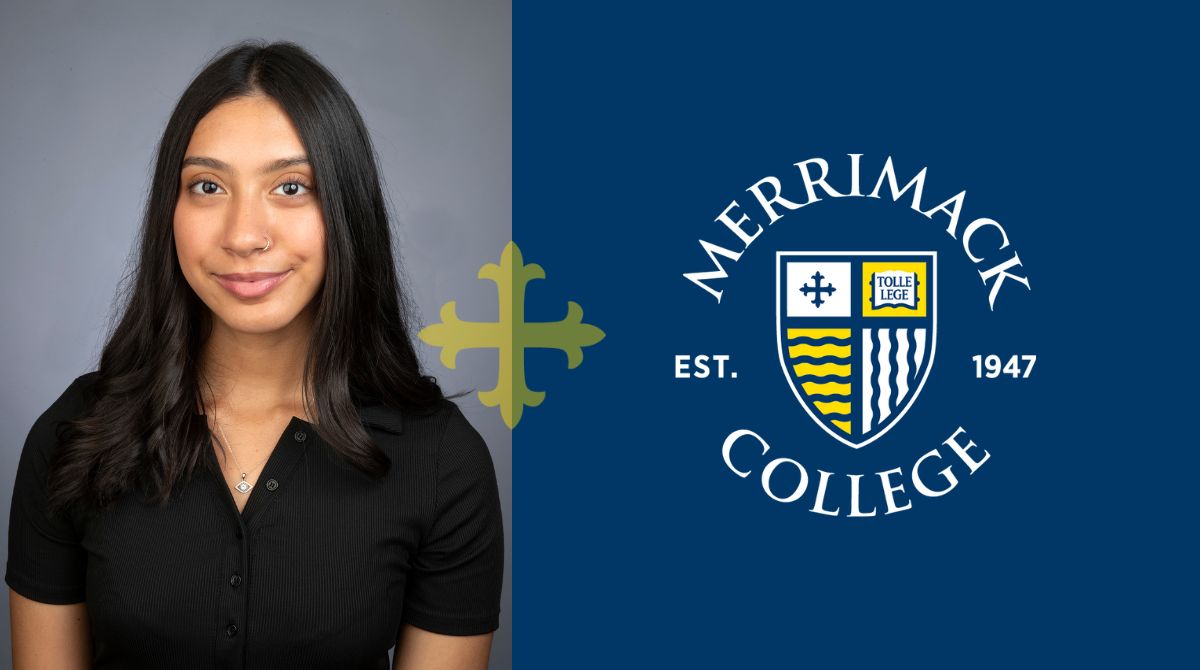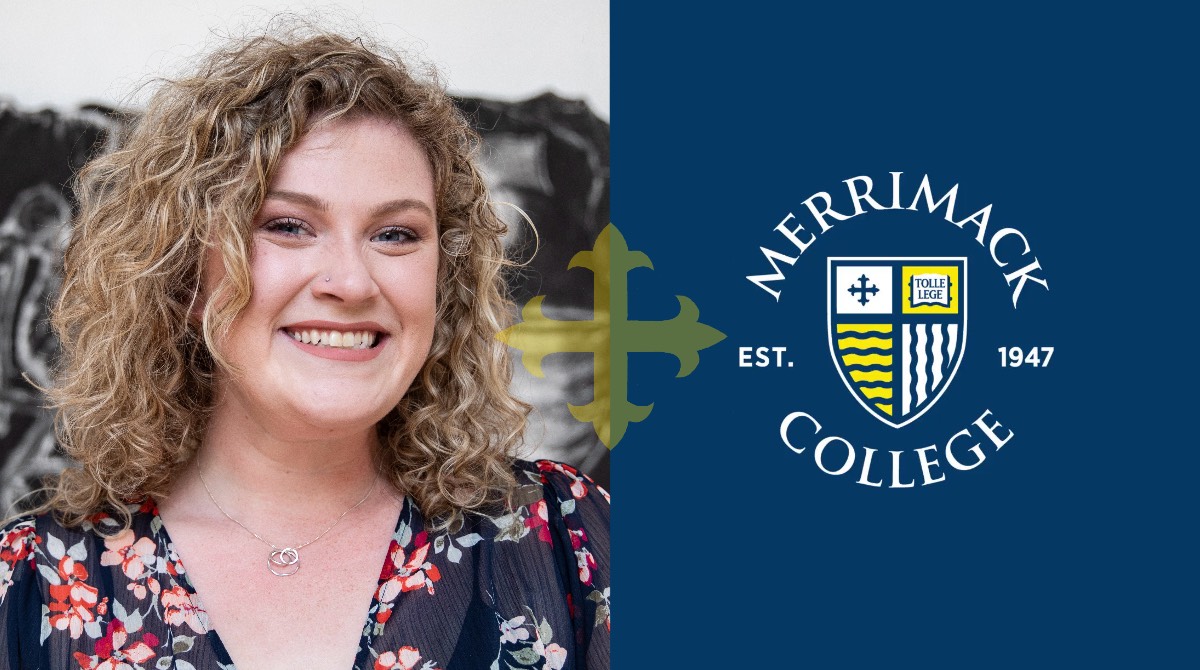Merrimack College faculty currently conducting research in the new Shared Instrumentation & Research Facility (SIRF) say it is a “game-changer” for on-campus research.
“Having access to new state-of-the-art scientific equipment and being part of a supportive research community with other highly skilled researchers will no doubt enhance my ability to publish scientific papers and pursue competitive external funding opportunities,” said Brandi Baldock, associate professor of chemistry and biochemistry.
Baldock is using the SIRF to study the reactivity of silver nanoparticles during DNA attachment. Nanoparticles are used in many medical applications, such as the mRNA-based COVID-19 vaccine. Silver nanoparticles are of particular interest in diagnostic and sensing applications due to their color-changing properties. Amanda Schiavone M’25, a graduate student in Merrimack’s applied chemistry master’s program, is assisting on the project.
“I am thrilled the institution has chosen to recognize and elevate our hard work and expertise in this way, and I am thoroughly excited to be part of the evolving research community,” Baldock said.
Leena Bharath, associate professor of nutrition and public health, said the SIRF will not only benefit Merrimack, but the community at large.
“When we moved our research work into the SIRF, we saw many local companies come visit us,” she said. “They are interested in using our new machines. This would also benefit our students because it promotes collaboration between our college and the industry. It could have a very significant impact on student research.”
Bharath and her current students, Evelyn Ocegueda ’25, Olivia Stefanik ’25, and Gabrielle Chase ’25, are studying how the immune system affects human aging.
“We study CD4+T cells,” Bharath explained. “They coordinate the communication between multiple cells by secreting cytokines. These proteins can change with age and become pro-inflammatory. The SIRF has definitely enhanced our capabilities because we have a lot more equipment now. We have a new flow cytometer, multiple PCR machines, multiple mass spectrometers, and other equipment that have allowed us to do experiments that were not possible previously.”
Charlotte Berkes, chair and associate professor of biology, said one major strength of the SIRF is its size. Even the common area is essential, she explained, as it can help foster collaboration.
“My hope is it builds a more robust research culture over time,” she continued, “and I hope more faculty will have the opportunity to use these resources at the SIRF.”
Berkes’ research specializes in the prevalence of antibiotic-resistant bacteria in local rivers. The SIRF’s quantitative PCR machine allows her and her student researchers – Marissa Borgesi ’25 and Dima Moshin ’25 – to detect the molecular signature in the problematic bacteria.
“We have a brand new suite of research-grade instruments, and (SIRF Director) Manikandan Santhanaraman plays a critical role in keeping things running smoothly to support multiple lines of research,” she said.





